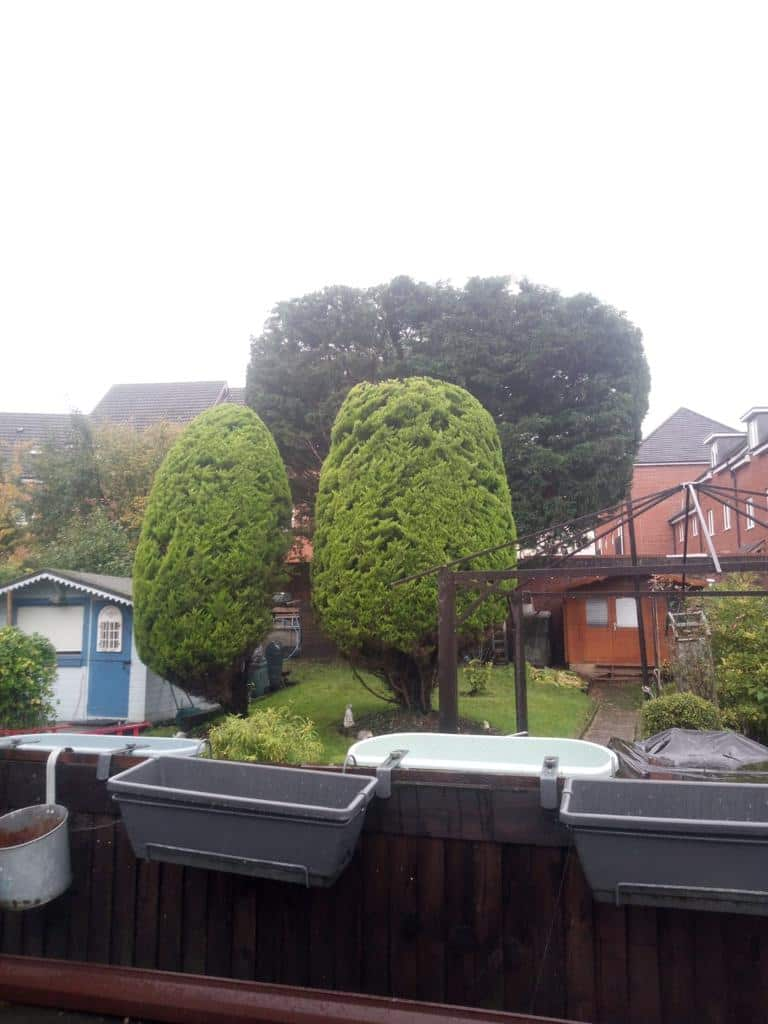Introduction
Trees are an essential part of any landscape, offering beauty, shade, and a habitat for wildlife. However, just as healthy trees need care and maintenance, so too do ageing or damaged trees. One of the most common issues homeowners face is the presence of deadwood, which can pose significant risks to both people and property.
In Cranleigh, Surrey, where trees are a common feature of many properties, the importance of dealing with deadwood cannot be overstated. This article explores the dangers of deadwood in trees, how felling helps prevent accidents, and why it’s essential to consult professional tree surgeons for proper care.
What is Deadwood?
Deadwood refers to branches or parts of a tree that have died due to disease, age, or damage. These dead sections no longer receive nutrients, making them brittle and weak. Over time, deadwood becomes a hazard as it can fall unexpectedly, causing injury or damage to surrounding structures, vehicles, or people.
Deadwood is not always visible at first glance, making it important for homeowners to regularly assess the health of their trees, especially after severe weather or storms.
The Dangers of Deadwood
1. Falling Branches and Injury Risks
One of the primary dangers associated with deadwood is the risk of falling branches. These can drop at any time, particularly in windy conditions or during storms. While smaller twigs may not cause much harm, larger dead branches can result in serious injuries, particularly if they fall onto people, animals, or vehicles.
In busy areas around your home, such as pathways, gardens, or driveways, deadwood can present a significant safety hazard.
2. Damage to Property
When deadwood falls from trees, it can cause considerable damage to property. Larger branches may break windows, damage roof tiles, or cause harm to fences, sheds, or vehicles parked nearby. Even minor damage can be costly to repair, and the inconvenience of dealing with unexpected destruction adds further stress.
3. Risk to the Tree’s Health
Deadwood left in place can also compromise the overall health of the tree. As the decaying wood attracts pests such as insects and fungi, these can spread throughout the tree, weakening its structure. In extreme cases, deadwood can lead to further decay and potential tree failure.
4. Fire Hazard
In certain climates and conditions, dry deadwood can pose a fire risk. In dry spells, deadwood becomes more flammable and can easily catch fire, potentially spreading quickly to nearby trees, structures, or even entire properties.
How Felling Deadwood Helps Prevent Accidents
Felling, or the controlled removal of deadwood, is the most effective way to manage the risks associated with dying or decaying branches. This process helps maintain the safety and health of the tree, as well as the surrounding environment.
1. Prevention of Falling Branches
By felling deadwood, you eliminate the immediate danger of branches falling unexpectedly. This proactive approach ensures that branches are removed before they have the chance to break and cause injury or property damage.
2. Improved Structural Integrity of the Tree
When deadwood is removed, the tree is less likely to become infected by pests or diseases. Felling removes weak sections, improving the overall structure and reducing the chances of the tree becoming unstable.
3. Enhanced Aesthetic and Functional Value
Deadwood removal also improves the aesthetic appearance of the tree, making it look healthier and more vibrant. For homeowners in Cranleigh, Surrey, this is particularly important as well-maintained trees enhance the overall look and value of the property.
4. Reduced Fire Risk
Felling deadwood reduces the potential fire risk associated with dry, brittle branches. By removing these materials, you can help ensure that your trees and property are safer, especially during the warmer months.
Why You Should Hire a Professional Tree Surgeon
While it may be tempting to attempt removing deadwood yourself, tree felling and pruning are complex tasks that require skill and experience. Improper removal can lead to injury, further damage to the tree, or harm to surrounding property.
A qualified tree surgeon has the expertise to safely remove deadwood, using the right tools and techniques to ensure the tree remains healthy and the area remains safe. They will also assess the tree’s overall health and provide advice on ongoing care.
Conclusion
Deadwood presents significant dangers to both people and property, making its removal a vital part of tree maintenance. Felling deadwood not only prevents accidents but also ensures the long-term health and safety of your trees.
For homeowners in Cranleigh, Surrey, consulting with a professional tree surgeon is the best way to address deadwood and other tree-related issues. At NS Tree Surgery Cranleigh, we provide expert tree care services that help maintain the health of your trees and the safety of your property. Contact us today for a consultation and take the first step towards a safer, healthier home environment.
Call us on: 01483 967 989
Click here to find out more about NS Tree Surgery Cranleigh
Click here to complete our contact form and see how we can help with your tree needs.

